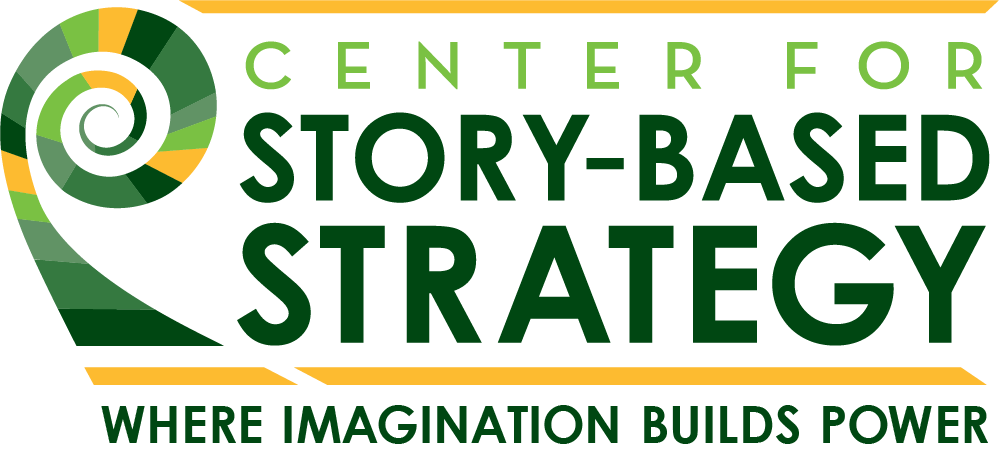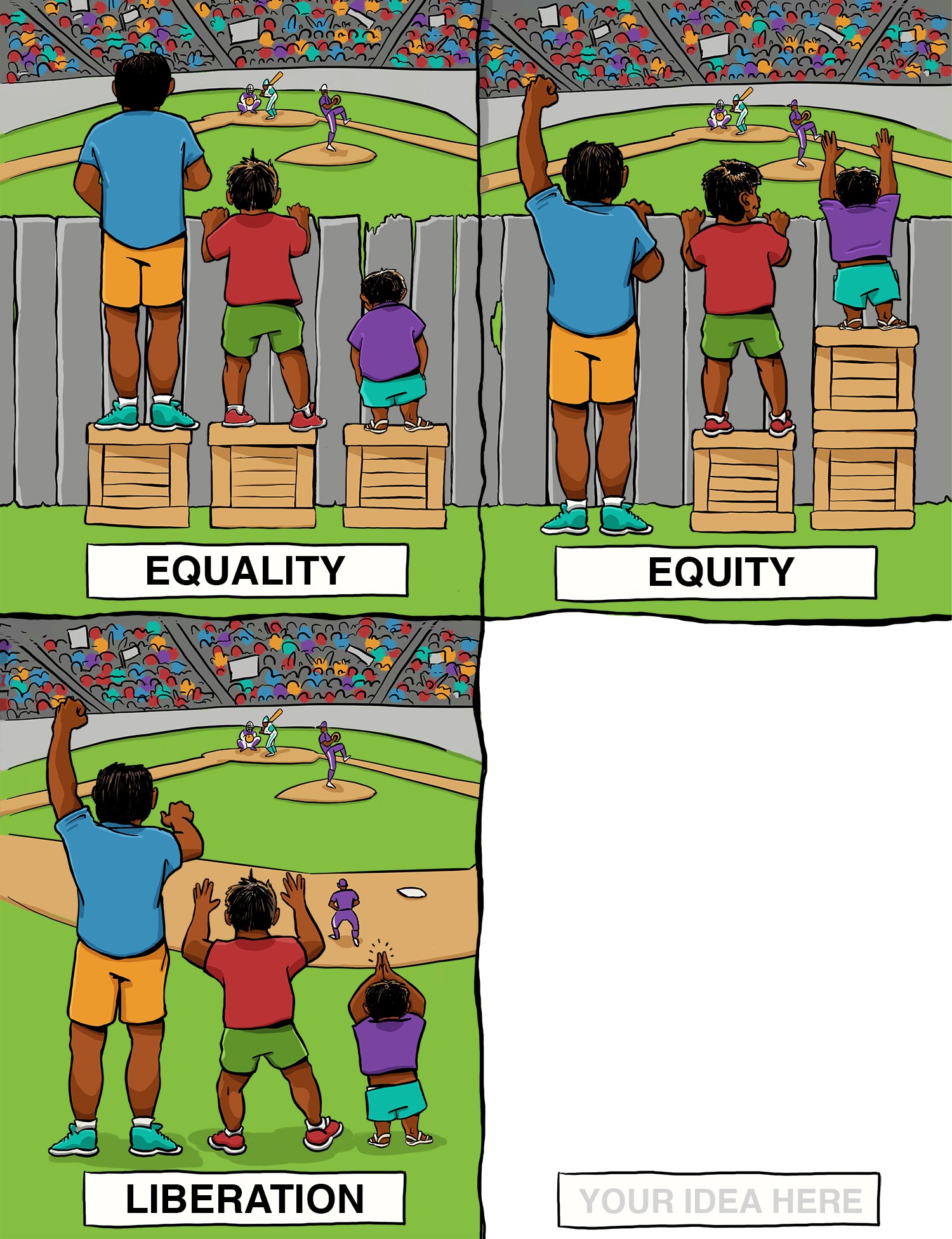How did you wake up your radical imagination today?
ARTISTS, REBELS, ACTIVISTS, NONPROFIT WORKERS, PROPAGANDISTS, CREATORS, MAKERS, INNOVATORS, PRACTITIONERS, ORGANIZERS, TRAINERS ... how did you wake up your radical imagination today?
CSS builds the muscle of radical imagination, cultivates narrative strategies to win the battle of the story and centers those at the forefront of our own stories in political movements and campaigns. But, what would powerful movements and slogans like #BlackLivesMatter and #ItTakesRoots (to weather the storm) be without artists who bring these calls to action and demands of our movement to life? Who would we be as artists who support movements, without the inspiration of those who dedicate their lives to cultivating their artistic talent and sharing it with us?
Organizers, activists and artivists who participate in “changing” and “reimagining” the story at our convenings often bring their own creative voice and lens to the table for the social justice groups and organizations they represent. These artists have their own creative practice outside of their jobs or movement work. They shine and play as graphic designers, illustrators, mememakers, writers, musicians, dancers, filmmakers, jewelry designers, farmers, and cultivators of soaps, tinctures and lotions.
We wondered ... what kinds of spaces exist or could be cultivated for artists to be their full selves in movement organizations or at their jobs? Campaigns and organizations often demand creativity to be delivered within the constraints of political messaging, time frames and marketing and campaign plans. When the well runs dry, where do creative people go to hydrate?
This was the question prompting our Creative Practitioners' Roundtable. We thought, what if — in addition to our work bringing representatives of organizations together — we created a space for creative practitioners themselves within our network to share their artistic process, and how they use CSS tools in their personal and creative work? We want to understand the challenges and barriers to being artists in their full selves. And we want to support opportunities for folks to grow both as artists in the community, and artists who use and influence CSS’s tools and methods.
Info graphic by @lizar_tistry
Who are we?
The group we brought together identify as ... ARTISTS, REBELS, ACTIVISTS, NONPROFIT WORKERS, PROPAGANDISTS, CREATORS, MAKERS, INNOVATORS, PRACTITIONERS, ORGANIZERS, TRAINERS ... and so much more.
Well, that’s a lot, no wonder it feels big.
Here is how some of us described what a creative practitioner is, or what it means.
“Building movement is a deep and creative process.”
“ I often call myself a "communicator." I get paid to communicate. I believe in the power of facilitating radical imagination. I love to make art that's not for sale, and I make jewelry to sell but also to donate for fundraising. In movement spaces I consider facilitation an art form and one I'm always practicing in and finding new fronts.”
“Being paid for creative work feels extractive with the "client-relationship”. It feels fulfilling when it feels in partnership.”
“A creative practice to me means building something (anything) that moves us towards our vision of a just world.”
“There’s a difference between being in a "shop" (for mass production) and a "studio" (where ideas are generated and practiced).”
What do we want? What is moving us?
“If they cannot love and resist at the same time, they probably will not survive.”
Like most artists, we want the ability to work alone or together to manifest our visions, stretch our imaginations and not be confined by a lack of resources, money, or time and a set of messaging or mandates from the institutions or places where we work that require us to shrink or silence our voice.
What’s stopping us?
We use #the4thBox often to explore narrative assumptions. You can too!
Using #the4thBox, we identified the “fences” or barriers to our creative selves and the production of our art. We explored the fence, and also the “boxes” that allowed us entry into the “game.” We then asked ourselves — what does liberation look like for creative practitioners and producers?
Many of our groups discussed economic barriers that hold us back from being able to have the time, energy and capacity to create. Also, particularly when we engaged in more mainstream artistic paths, we realized that people who had the resources to hire publicity experts or support for marketing, are often the ones whose ideas get heard.
“We’re creative beings that have awesome power to move people, not products.”
What does Liberation look like?
“I want all of our basic needs to be met. I want mass cultural festivals for grief, wailing, processing pain together, while celebrating and creating!”
“I want to redesign how communities are structured. Downtown is now the center of capitol, built in inequity. Redesign housing and food so people don't need to exploit each other. Space is dedicated to art, joy. Communities designed to meet material and emotional needs.”
“As a movement, we're not practiced in holding hard emotions and we lose people that way. How can artists and cultural workers help in process to adapt to climate disruptions. More participatory, ongoing processes. language access and language justice. Multilingual spaces. Art and culture can transcend, but also we can have multiplicity. Space for iteration. Experimenting, doing, failing, practice, muscle. Not waiting until things are perfect.”
“Movement moment fund: to clap back on Far right BS, like the Critical Race Theory hysteria. Partner w/ movement folks, an initial $10k + challenge to match.”
“We need a directory/yearbook to showcase our practitioners/creatives in the network ... and a pool of money for movement moments.”
How are we innovating on story-based strategy tools?
Many of our creative practitioners and producers at our roundtable testified to how our story-based strategy tools support their work and process as creatives to dream up ideas for their own work and for the work of the movements they participate in. They also had ideas for more innovation and expansion of the tools. Here is some of what was said:
“We need story-based strategy tools for different cultural paradigms — not just the western one we work in.”
“What is the modern folklore that shapes how we see the world? What are our new ways of thinking? What is the aesthetic? What's the folklore we create now to shape future thinking?”
“MEMEing has grown so much as a major form of communication, often times digital imagery becoming more relevant and with more potential to “go viral.” How do we better connect to this trend as creative practitioners, how do we create more tools to emphasize emotion and virality?“
What’s next?
Story-based Strategy attracts creatives of all types, the nerds, the fairies and the unicorns. This time together was valuable for honoring and supporting that creativity. At the very least, we hope to hold another gathering next summer that will allow for more show and tell and time for sharing art in community. We are also holding some upcoming “sandboxes” or spaces for creative play that could create space for collaborative making and prototyping. We are also committed to network mapping and identifying regions and places where creative practitioners can gather. We would like this to lead to a more in-depth project of creating a directory that can connect people to each other and resources and support that could be useful to CSS’ partners and network members.
Please let us know if you have other ideas on how we can support the creative producers and practitioners in our network!





